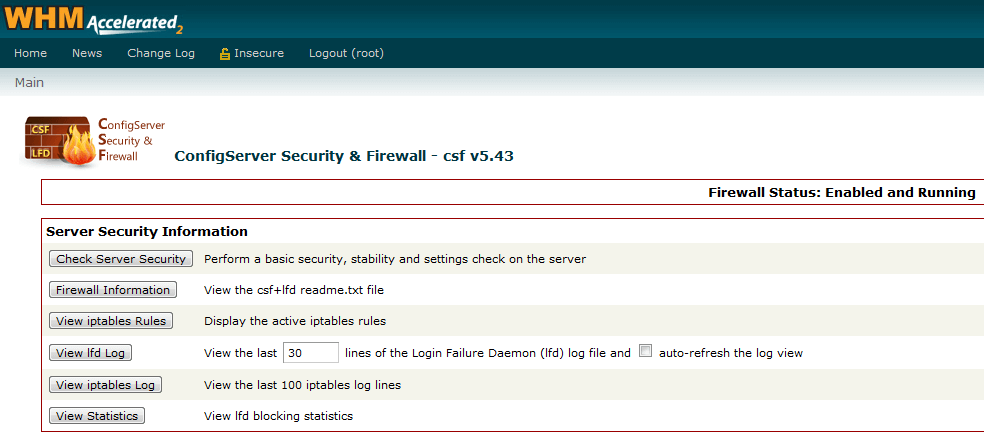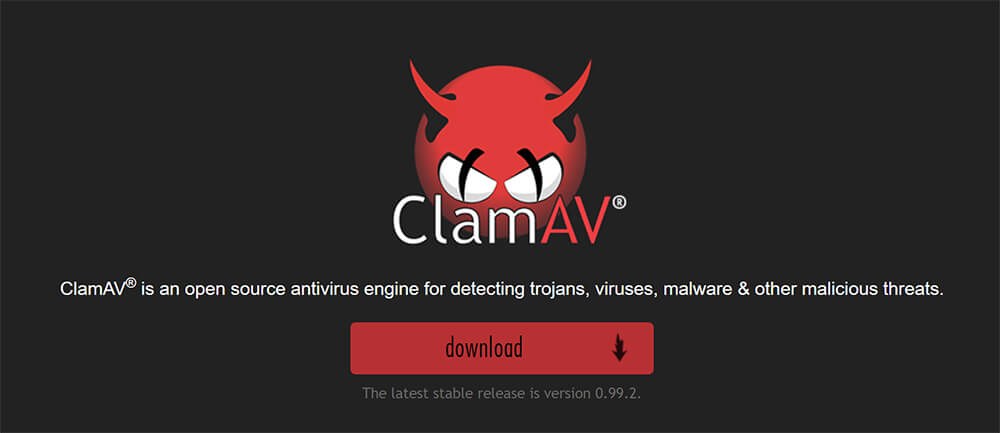How Jolt Protects Against DDoS Attacks
DDoS-protected servers are set up with special, and costly, hardware that are capable of blocking IPs on the deepest levels.
Jolt provides basic DDoS protection which is helpful with limiting the amount of connections to our server. Whilst we do not provide specific DDoS protection services, you can be assured that we implement constant proactive server monitoring.
Technologies Used by Jolt
lfd/csf firewall

This filters out IP addresses involved in an attack and blocks them straightaway. All failed authentication attempts through various applications and protocols are monitored by daemon processes, blocking IP addresses responsible if the limit of such attempts is reached.
Port Flooding Detection detects IP or port flood and mitigates it which is useful for blocking the malicious traffic.
SpamAssassin

A software that is effective for blocking out spam.
ClamAV

A reputable antivirus protection software.
Jolt employs a Cisco intelligent routing hardware in our data centres which helps evaluate network traffic. DDoS attacks are mitigated using denial rules and filters over specified protocols.
Our technical staff also utilises a measure known as Black Hole Filtering, which involves forwarding malicious traffic to an imaginary invalid interface. This action allows our network to remain secure even under intense conditions.
In extreme cases, one option we have in order to avoid further malicious traffic is to change the server’s IP address. However, this is an option we do not want to resort to due to the inconvenience it may cause our customers.
There is no way to completely protect against DDoS attacks, but Jolt strives to respond without delay when such issues arise and endeavour to filter incoming traffic. With the help of Nagios monitoring system, we are notified immediately when any of our servers experience any issues.
To learn more about the firewall we use, please visit the ConfigServer website.
